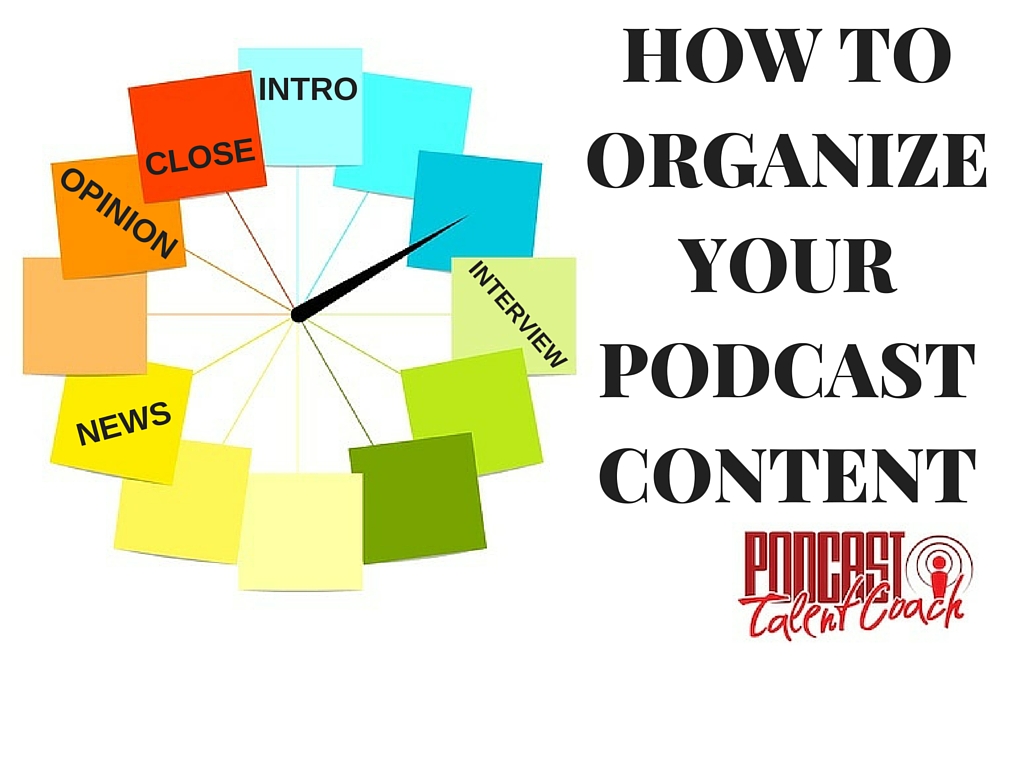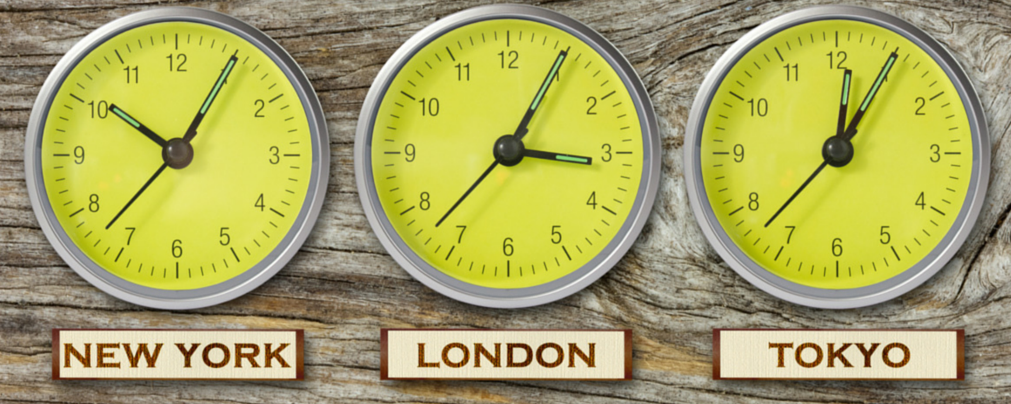Podcast: Play in new window | Download
Subscribe: RSS
As I talk to podcasters and spend time in podcasting Facebook groups, I often find questions regarding how to structure your podcast. The questions span the spectrum from open to close.
How should the intro look? What needs to be included? Where should the interview happen? When do you make your call-to-action?
There is good news. It is your podcast and there isn’t one right answer. You can also change your show anytime you would like. Your structure isn’t set in stone.
YOUR GOAL
In order to determine how you should structure your podcast, you need to determine what you hope to accomplish. Many podcasters include elements in their structure simply because they heard it done on other shows.
I see this a lot when I’m coaching hockey. Coaches will run drills because they saw another coach do it. Unfortunately, they don’t understand the reason behind the drill.
A coach may be running a drill where two guys are battling for a puck in the corner. On the surface, it might just look like a battle drill.
On the other hand, if you had listened to the coach’s instructions you may have realized that the drill was intended to teach one of the players how to protect the puck along the boards to kill the clock.
Without understanding the reason behind an element on your show, you can’t achieve the goal the piece was designed to achieve.
Should you include an outtake before the standard intro of your show? It depends.
Should you include some chit chat on your show between co-hosts before the interview? Again, it depends.
What are you trying to achieve?
THE CLOCK
When you are building the structure for your show, use a show clock. This is the tool used in broadcasting to keep the show on track. It is like a rundown of when elements happen.
You can download my Podcast Talent Coach Show Clock worksheet at www.PodcastTalentCoach.com/clock. This will help you lay out the structure for your podcast.
The biggest thing the clock will help you achieve is consistency. It really doesn’t matter much where things happen as long as they happen consistently on purpose. This is your show. Everything should happen for a reason.
START WITH AN OUTTAKE
Should you include the outtake audio before the intro? Only if it has a purpose.
Let’s say you are using a piece of the interview that happens later in the show. This outtake creates some intrigue and curiosity. It makes people want to listen to the full interview to see what it is all about. That is a purpose.
On the other hand, let’s say your outtake says, “Every online business should have a funnel that all starts with a strong lead magnet.” Yep. Right. Now what?
That clip doesn’t do anything to make me want to stick around to hear the interview. That was a statement, not a tease. Create anticipation and keep the conversation moving forward.
One of my all-time favorite tv shows was NYPD Blue. It always started with, “Previously on NYPD Blue.” Then, it would show a few clips of things that happened on past episodes.
Do you think those clips were random? No. They showed you clips from previous episodes so you would understand the storyline that was happening in this episode. You would say, “Oh yeah, I remember that character.” If you haven’t seen the previous episodes, it would get you up to speed.
Make your outtake serve a purpose.
PODCAST INTRO
There is a difference between your podcast intro and your episode intro.
Your podcast intro should be consistent from episode to episode. This is designed to tell your listener what the podcast is all about. If this episode is the first episode a new listener has ever consumed, the intro should bring them up to speed quickly.
On this podcast, I tell you each week you can turn your information into engaging entertainment and your podcast into powerful relationships. You can have more confidence in your content. You now know we aren’t talking about mics and mixers.
Your episode intro on the other hand changes episode to episode. This tells the listener exactly what is on this episode. “Today we are going to discuss your podcast structure.” Or, “Today we are going to interview my 2nd grade teacher.”
The podcast intro tells listeners why they should subscribe to the podcast. The episode intro tells listeners why they should listen to this particular episode.
Now you know the purpose of each. You should be able to decide how to structure each to achieve those goals.
CALL-TO-ACTION
Where should you incorporate your call-to-action and what should it be?
Again, what are you trying to accomplish?
When Dave Jackson and I review a show on the Podcast Review Show, we always ask the podcaster what their goals are. Many times they say, “Get more downloads.”
When we listen to the show, they tell listeners to follow them on Facebook, go review the show, leave me a voicemail and things like that. They rarely say, “Subscribe to my show and tell your friends.” Their call-to-action is rarely connected to their goal.
Decide what you want your listeners to do. Then, make that your call-to-action.
Be sure to get your important CTA in early. Many listeners don’t make it all the way to the end of your show. They stop listening when they are done doing what they are doing. If they listen while working out, they stop listening when they are done working out.
Include the call-to-action at the beginning of the episode. Then, include it again at the end. Both should be connected to your goal. Don’t confuse them with 13 calls-to-action.
My CTA for this episode is to download my Podcast Talent Coach Show Clock Worksheet. I put that call-to-action right up front. You’re getting it again right here. It is the only CTA. Get it at www.PodcastTalentCoach.com/clock.
I’m not asking you to rate and review the show, send me 3 carries pigeons with notes and vote for me in the next student council election. Just go download the worksheet.
OTHER ELEMENTS
There are many other elements you can include in your show. Again, it is your show. Add whatever you’d like. If you want a polka band in the middle, have at it. It’s your show.
Just be sure each element has a reason. My dad always loved polka music. It brings a smile to my face. Plus, I always loved being in jazz band in junior high. So, I’m including some polka music in the middle of every episode. Fine. At least you have a reason.
If you are adding “on fire” to the name of your cooking show just because all the cool kids are doing it, “Sushi Chef On Fire” probably isn’t the podcast name you need. Understand the purpose before you add anything to your show.
Go download my Podcast Talent Coach Show Clock Worksheet. Let it help you structure your podcast. Get it at www.PodcastTalentCoach.com/clock.
If you need help putting it all together, let me know.
You can find my contact info and other tools to help you create great content at www.PodcastTalentCoach.com.
Let’s turn your information into engaging entertainment.



